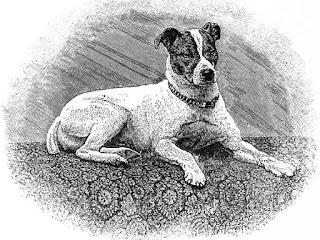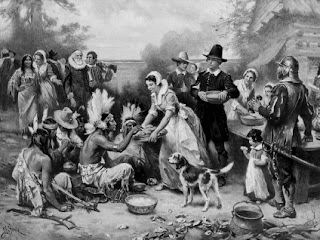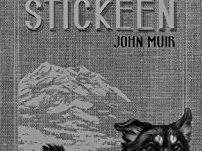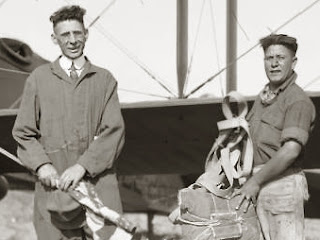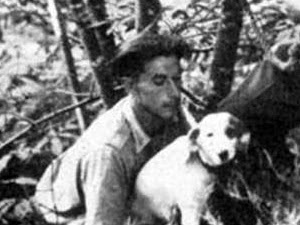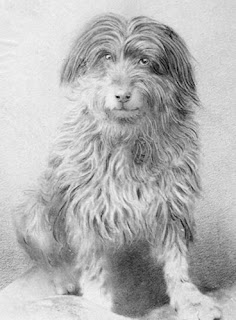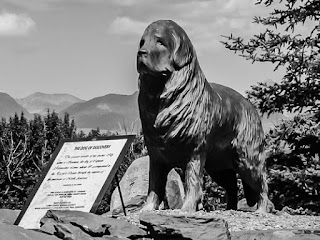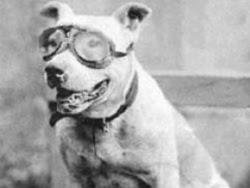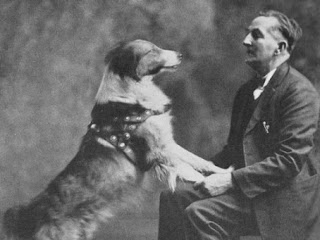Hector, a black and white fox terrier, traveled thousands of miles on "the right" ship as a stowaway to reunite with his master.
Hector lived with his master, Willem H. Mante, on the cargo ship SS Simaloer. One day in 1922, when the freighter was docked at Vancouver, the outgoing dog who loved to wander the port cities did not arrive on time when the ship was due to leave. Mante was heartbroken but had no choice to leave his dog behind.
When Hector returned to the dock, he was observed boarding and disembarking several ships. Harold Kildall, who was overseeing the loading of cargo aboard the SS Hanley, was intrigued by the dog who seemed to have some purpose for his peculiar actions. Hours after the Hanley left Vancouver for Japan, Kildall was astonished to see Hector walking about on the deck. Fortunately, the Captain was a dog lover and welcomed the terrier aboard his ship. Kildall and Hector formed a bond, and each night the dog would stand watch with him.
About three weeks later, as the Hanley was unloading its cargo in Japan, Hector became excited when he noticed the Simaloer being berthed a few hundred yards away. Some of the crew (including Mante) boarded a sampan, and as the small boat neared the Hanley, Mante spotted his beloved dog and soon the two were happily reunited.
According to Dennis Bardens, author of Psychic Animals, "What puzzled the overjoyed Mante, was how the dog knew which vessel to choose at Vancouver. How did he know the Hanley was Japan-bound? There's no logical explanation, was all Mante could say. We can only marvel at the fact that it really happened."


